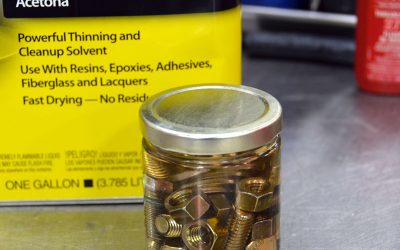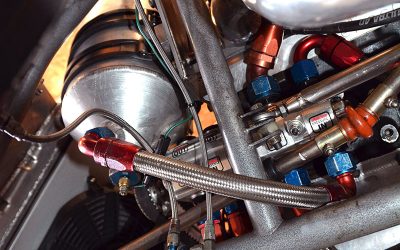Good for you! The elusive 20-inch largemouth bass you’ve been after since last summer has just found a new home at the end of your line. This is the guy you’re going to mount in the den – the one your buddies will envy.

Because you’ve been dreaming about this for months, you need to know the difference between a good mount and a bad one. A major part of what is about to happen depends on you, the remainder is up to your taxidermist.
First, you need to know the proper field care techniques for your trophy fish. Do it right and you’ll have a mount to remember, do it wrong and you’ll only have regrets.
According Institute of Taxidermy, Inc., you must keep the specimen cold and get it to the taxidermist as soon as possible.
“Your trophy fish begins to deteriorate as soon as it dies. The colder it is, the slower the rate of deterioration. The warmer it is, the faster it will deteriorate. Be careful also not expose your fish to heat when transporting.
Example: “Don’t transport the specimen for a long distance in a closed trunk, unless you have a means of keeping it refrigerated,†he said. “The inside of a trunk can become excessively warm from the sun.

“The bed of a pick-up truck also offers a few transportation challenges. Hot spots occur where the exhaust pipe is close to the underside of the bed floor. Always drive straight home and take care of your specimen by moving it to the freezer. You can show off your trophy later, after it is mounted.â€
You should never assume your guide or outfitter knows how to take care of your trophy fish.
“It’s a good idea to visit your taxidermist before going on a fishing trip. He or she will give you proper care instruction for your specimen plus good advice about the kinds of ‘in-the-field’ conditions you can expect to encounter.â€
Mark Ayers, a graduate of the Pennsylvania Institute of Taxidermy, offered more advice.
“Don’t leave a dead fish in warm water. Keep your trophy fish cool and moist,†he said. “Fish skin can be coated with borax to keep it from discoloring. Place it under the fins as well. Your fish can be packed in salt and kept for a short period of time (approximately 1 week).â€
Next, how do you properly freeze your trophy fish if you can’t get it to a taxidermist promptly?
“Freeze the fish whole,†said Ayers. “Double wrap it and lay it flat with the best side up. Be sure to protect the fish and fins keeping in mind that your trophy fish will still deteriorate in the freezer. So don’t forget about it.â€
The Institute and Ayers’ advice is well thought through and in total accord with sound taxidermy practices. According to WASCO (Wildlife Artist Supply Company), a leading manufacturing, publishing and mail order taxidermy supply company in Monroe, Georgia, the most difficult branch of taxidermy is fish mounting.
“The top award-winning fish taxidermists are almost all outstanding flat artists as well,†says WASCO. “The ability to draw, paint, mix colors and sculpt are shared among most of the world’s best fish taxidermists.
“Mounting fish not only requires the ability to accurately recreate the anatomy of the subject, but to restore all of the colorations as well. Fish taxidermy is the one area of wildlife art where the artist must totally recreate the colors of the skin all over the animal.â€
No wonder taxidermist Mark Ayers is so insistent about his “hurry-up†instruction. “This can’t be stressed enough,†he said. “Get your trophy fish to the taxidermist A.S.A.P. and remember, the better you care for your specimen the better the taxidermist can prepare your mount.â€â€‚Amen to that.




0 Comments